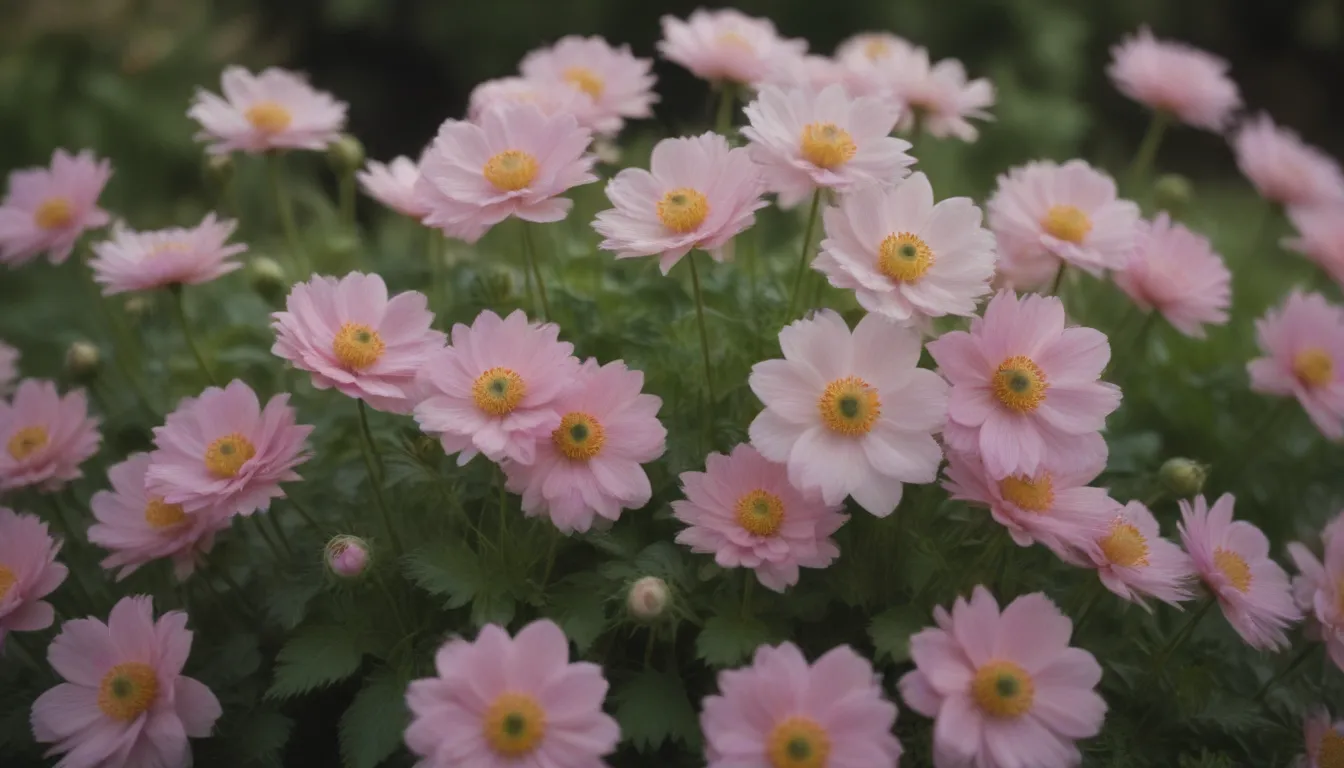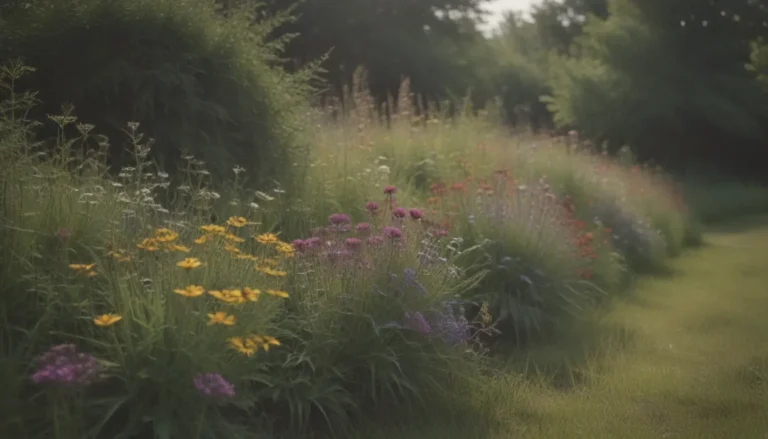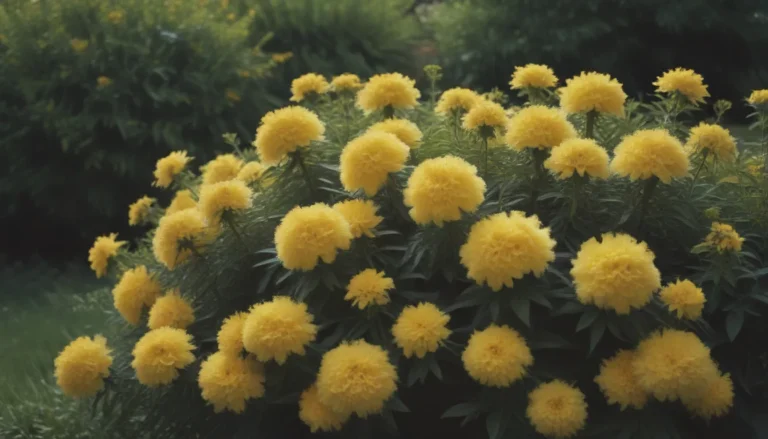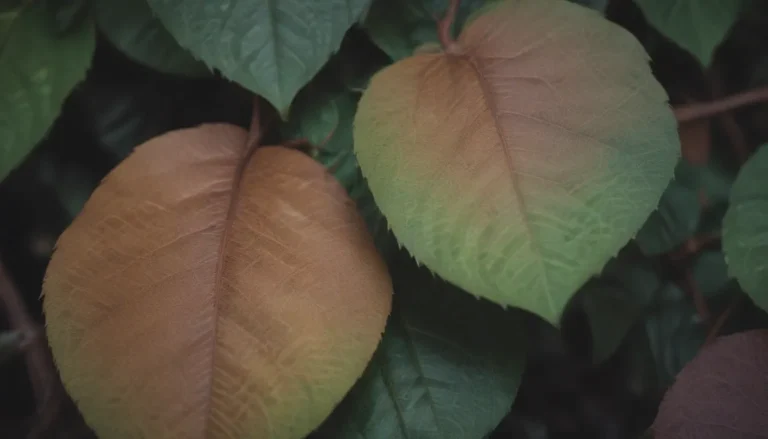Comprehensive Guide on Growing and Caring for Japanese Anemone

Are you looking to add a touch of elegance and charm to your garden? Look no further than the Japanese anemone, also known as windflower or Japanese thimbleweed. This herbaceous perennial boasts graceful branching flower stems with beautiful white, pink, or purple blossoms that bloom in late summer and early fall. In this comprehensive guide, we will delve into everything you need to know about growing and caring for Japanese anemone to ensure it thrives in your garden.
Introduction to Japanese Anemone
Japanese anemones, scientifically known as Eriocapitella x hybrida, are easy-to-grow, low-maintenance flowers that are perfect for perennial borders, cottage gardens, or woodland settings. These plants are most effective when planted in mass groupings, creating a stunning display of poppy-like single or double blooms. While they spread easily through underground rhizomes, they can be controlled by removing new sprouts.
Formerly classified as Anemone x hybrida, this member of the Ranunculaceae family was reclassified in 2018. Japanese anemone is known for being deer and rabbit resistant, making it a great addition to gardens prone to wildlife browsing. However, it is important to note that the plant is toxic to humans, so care should be taken when handling it.
Japanese Anemone Care Tips
To ensure your Japanese anemone thrives and produces an abundance of blooms, it is essential to provide the right growing conditions and care. Here are some key tips to keep in mind:
Light
Japanese anemones prefer full sun, receiving at least 6 hours of direct sunlight per day. While they can tolerate partial shade, planting them in shady areas may reduce bloom production and cause flower stems to flop over.
Soil
These plants thrive in organically rich, neutral to slightly alkaline soil. Providing humus-rich soil will supply the necessary nutrients for their growth and multiplication. Good drainage is essential to prevent root rot, especially during winter months.
Water
Japanese anemones prefer moist soil and should be watered well during dry conditions. They do not tolerate drought, so ensure they receive adequate watering to maintain their health and vigor.
Temperature and Humidity
Japanese anemones grow best in USDA zones 4a-8b. In colder climates, mulch the roots to protect them during winter. In hotter zones, provide some afternoon shade to prevent foliage from burning. High humidity can lead to powdery mildew, so ensure proper air circulation.
Fertilizer
Japanese anemones typically do not require fertilization if the soil is rich in organic matter. However, if necessary, a balanced fertilizer can be applied sparingly to promote healthy growth.
Types of Japanese Anemones
There are several cultivars of Japanese anemones available, each with its own unique characteristics and bloom colors. Some popular cultivars include:
- Eriocapitella x hybrida ‘Alba’
- Eriocapitella x hybrida ‘Alice’
- Eriocapitella x hybrida ‘Avalanche’
- Eriocapitella x hybrida ‘Honorine Jobert’
- Eriocapitella x hybrida ‘Königin Charlotte’ or ‘Queen Charlotte’
Pruning and Propagating Japanese Anemones
Japanese anemones are relatively low-maintenance when it comes to pruning. Deadheading spent flowers is the primary form of maintenance required. After the foliage begins to die back, you can remove it completely to keep the plant tidy.
These plants can be propagated by dividing existing clumps or taking root cuttings. Dividing existing plants or taking root cuttings is an effective way to propagate Japanese anemones and create new plants for your garden.
Dividing Existing Plants
To divide existing plants, carefully separate the rhizomes into smaller sections, ensuring each division has a good root system. Plant the divided sections in well-prepared soil and water them thoroughly.
Taking Root Cuttings
Root cuttings can be taken in late winter or early spring by cutting sections of the roots and planting them in pots or directly in the ground. Keep the soil moist until new growth appears.
How to Grow Japanese Anemones From Seed
If you are interested in growing Japanese anemones from seed, you can either purchase seeds from a seed catalog or collect them from your existing plants. To sow seeds, follow these steps:
- Harvest seeds from the seed pods in fall.
- Direct sow the seeds into your garden, barely covering them with soil.
- Seeds should germinate in spring and plants will bloom in their second year.
Alternatively, you can start seeds indoors 4 to 6 weeks before the last frost date for transplanting in the spring. Ensure the young plants are hardened off before planting them outdoors.
Overwintering Japanese Anemones
Japanese anemones typically do not require special overwintering care, especially in warmer hardiness zones. In colder climates, mulch the roots well to protect them from frost. Proper mulching will help insulate the plant during the winter months.
Common Pests and Plant Diseases
Like many plants, Japanese anemones are susceptible to certain pests and diseases. Common issues include leaf spot, powdery mildew, downy mildew, rust, and root rot. Keeping the plants healthy through proper care and maintenance can help prevent these problems.
Pests such as caterpillars, slugs, and nematodes may also affect Japanese anemones. Regularly inspecting your plants and taking appropriate measures can help control pest infestations.
Troubleshooting Blooming Issues
If your Japanese anemone is not blooming as expected, it may be due to insufficient sunlight or nutrients. Consider the following tips to encourage blooming:
- Move the plant to a sunnier location.
- Prune surrounding plants to allow more light.
- Add organic matter to the soil for increased nutrition.
Common Problems and Solutions
Japanese anemones may encounter common issues such as invasive growth or floppy flower stalks. Here are some solutions to address these problems:
- Control invasive growth by removing new sprouts regularly.
- Stake plants with floppy flower stalks or plant them in a sheltered spot.
- Ensure proper drainage to prevent root rot.
Once established, Japanese anemones are long-lived and low-maintenance plants that can grace your garden for decades. Their blooms also make stunning cut flowers, retaining their color for up to two weeks. Remember that Japanese anemones are not suitable as houseplants or container plants due to their extensive root system.
To achieve the best results with Japanese anemones, plant them in well-drained soil with at least 6 hours of sunlight. Choose a sheltered location to prevent flower stalks from falling over, and enjoy the beauty of these elegant flowers in your garden.
In conclusion, Japanese anemones are a wonderful addition to any garden, offering beauty, elegance, and easy care. By following the tips and guidelines in this comprehensive guide, you can successfully grow and care for these lovely plants in your outdoor space. Happy gardening!





